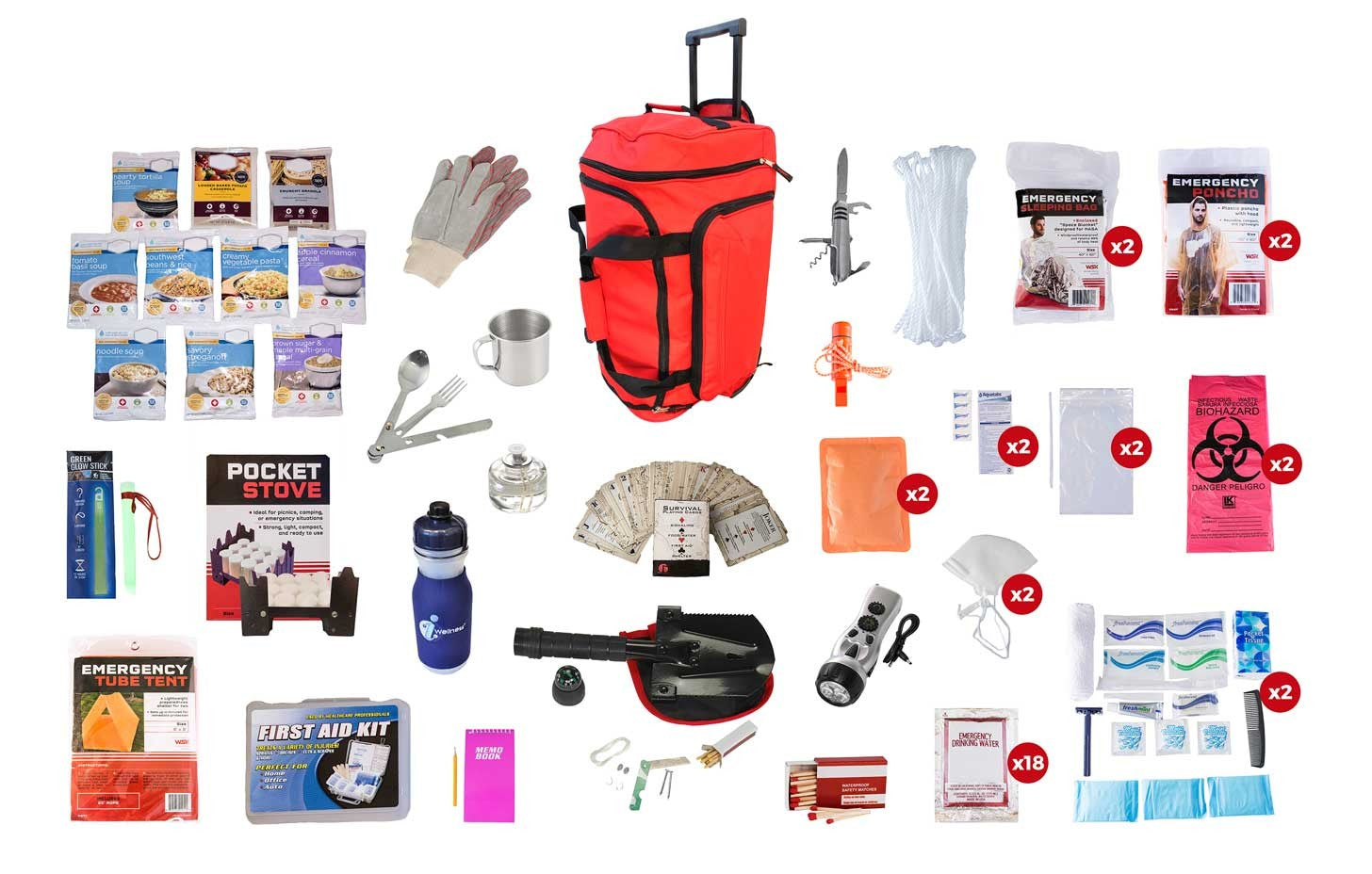Crucial Emergency Situation Readiness Tips for Survival
From setting up a well-equipped emergency situation kit to developing clear communication networks and evacuation paths, there are several vital steps that can make a substantial difference in the face of difficulty. By proactively dealing with these vital aspects of emergency situation preparedness, you can considerably improve your chances of survival in difficult situations (EMERGENCY PREPAREDNESS).
Building an Emergency Situation Package

Beginning by consisting of non-perishable food things like canned products, granola bars, and dried fruits that have a lengthy life span and do not need food preparation. Remember to pack a manual can opener. Additionally, shop at least one gallon of water per individual per day for a minimum of 3 days in strong containers.
Keep duplicates of important records like recognition documents, insurance plans, and emergency get in touch with details in a water resistant container. By setting up a well-thought-out emergency situation set, you can better prepare yourself for unanticipated occasions and enhance your chances of staying secure throughout a crisis.
Developing an Interaction Plan
Setting up an emergency package with necessary supplies establishes a strong foundation for preparedness; now, turning to the growth of a communication strategy is important for making sure reliable sychronisation and details dissemination during times of situation. A well-balanced interaction plan is important for maintaining individuals informed, connected, and secure in emergency situations. Begin by establishing a chain of interaction that includes relative, next-door neighbors, and appropriate authorities. Make sure that everyone knows how to reach each various other and assign an out-of-town call as a central factor for information sharing. Utilize several interaction methods such as text, telephone call, social media sites, and emergency situation sharp systems to make certain details gets to every person promptly. Practice your communication plan on a regular basis to make certain every person recognizes their duties and duties. In addition, take into consideration aspects like language obstacles, availability requirements, and technological limitations when developing your communication strategy. An effective interaction strategy can make a considerable difference in managing emergency situations successfully and securing the wellness of all involved.

Establishing Discharge Paths
To ensure efficient emergency situation response and precaution, developing clear evacuation paths is extremely important in preparedness preparation. Evacuation courses should be determined and communicated to all people in a given area to make certain a swift and organized discharge in times of crisis. When establishing discharge routes, it is important to consider numerous options to represent different situations, such as fires, floods, or various other emergencies that might block key retreat routes.
The chosen emptying paths should result in designated secure areas where individuals can seek shelter and await further instructions or support (the original source). These routes must be conveniently accessible and well-marked, thinking about the needs of all individuals, consisting of those with disabilities or wheelchair limitations. Routine drills and technique runs along these emptying courses can assist acquaint people with the getaway courses and ensure a much more reliable discharge process during actual emergency situations
Along with physical evacuation paths, it is critical to have alternative communication techniques in area to relay evacuation instructions and updates successfully. By developing and routinely examining discharge courses, communities can enhance their general emergency readiness and feedback capabilities.
Knowing Basic First Help
One essential element of emergency situation readiness is getting expertise in fundamental emergency treatment treatments. In times of situation or disaster, being able to supply immediate medical help can make a significant difference in saving lives. Learning basic emergency treatment furnishes people with the skills to evaluate and respond to usual injuries and clinical emergency situations successfully.
Fundamental emergency treatment training generally covers important techniques such as CPR, injury treatment, bandaging, splinting, and identifying indicators of shock or respiratory system distress. read here. Recognizing just how to carry out these standard treatments properly can support a person's condition until professional medical aid gets here
In addition, having a standard very first aid kit readily offered is critical in emergency situation circumstances. The set ought to include essential products like plasters, antibacterial wipes, gauze pads, sticky tape, scissors, tweezers, and gloves. Recognizing how to use these things properly can protect against infections, quit hemorrhaging, and supply comfort you can try here to those in need.
Protecting Crucial Papers

Final Thought
Building an emergency package, establishing an interaction plan, establishing evacuation courses, learning standard first help, and securing vital records are necessary steps to take. It is important to focus on emergency preparedness to make certain readiness for any kind of prospective dilemmas that may emerge.
From assembling a well-appointed emergency package to developing clear communication networks and emptying routes, there are numerous essential steps that can make a significant difference in the face of difficulty.To guarantee reliable emergency situation feedback and safety and security steps, developing clear emptying courses is critical in preparedness planning. When establishing evacuation paths, it is important to think about multiple alternatives to account for various circumstances, such as fires, floods, or various other emergency situations that might obstruct primary retreat courses.
Regular drills and practice runs along these evacuation courses can assist familiarize people with the retreat paths and make sure a more efficient evacuation procedure during actual emergencies.
Building an emergency kit, developing a communication strategy, developing evacuation courses, learning basic very first aid, and securing crucial papers are essential steps to take.
Comments on “Strategy, Prepare, Dominate: Emergency Preparedness for Today's Obstacles”